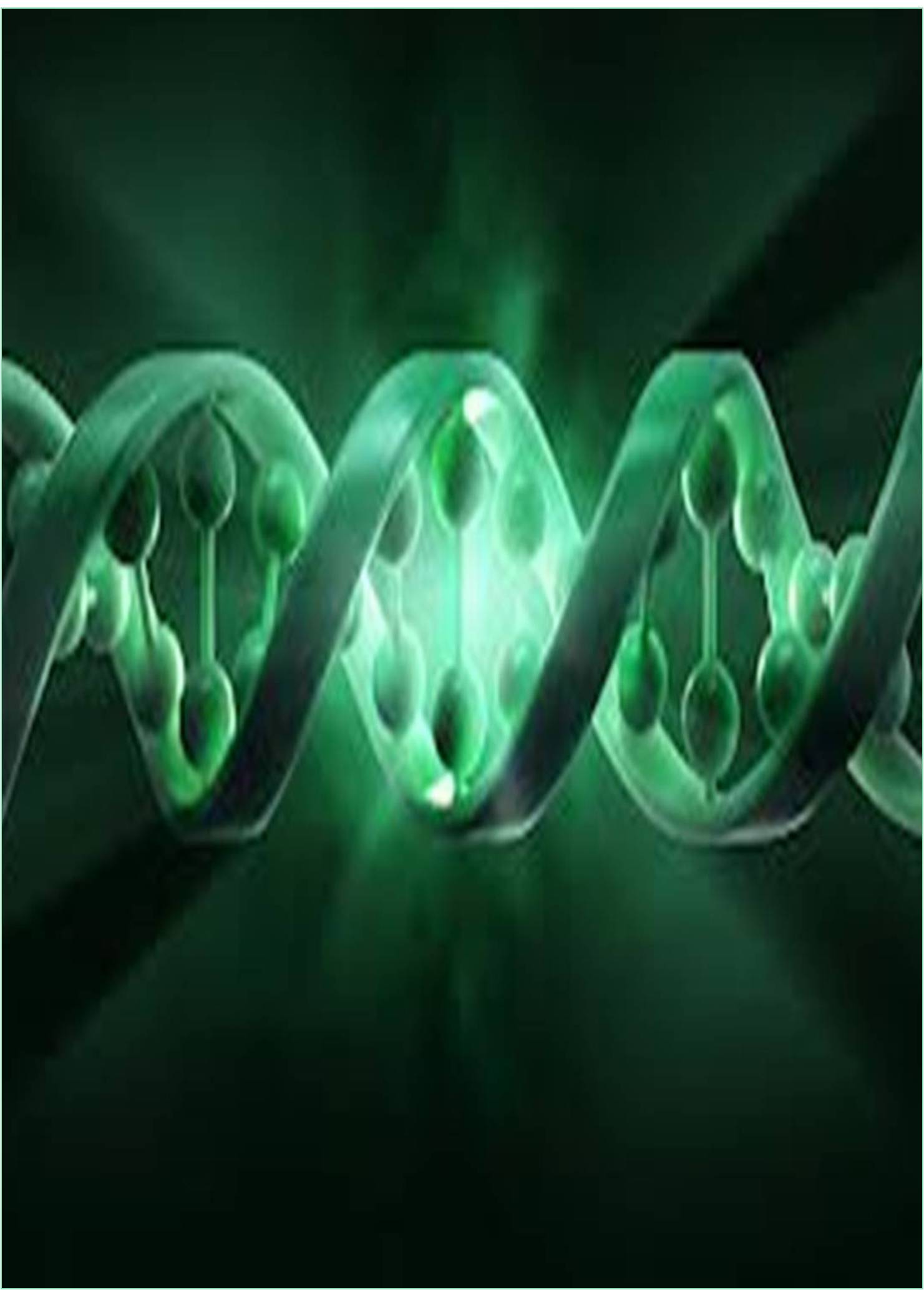



Received: 29-Nov-2022, Manuscript No. GJMEG-22-82820; Editor assigned: 01-Dec-2022, Pre QC No. GJMEG-22-82820(PQ); Reviewed: 15-Dec-2022, QC No. GJMEG-22-82820; Revised: 22-Dec-2022, Manuscript No. GJMEG-22-82820(R); Published: 29-Dec-2022, DOI: 10.15651/GJMEG.22.08.011
Altering the Deoxyribonucleic acid (DNA) that makes up an organism's genetic code is the aim of genetic engineering, also known as genetic modification. One base pair, C-G or A-T, the whole DNA sequence, or a new copy of the gene can be made. Deoxyribonucleic acid (DNA) from one organism's genetic makeup is routinely taken out and connected to DNA from another distinct entity during genetic engineering operations. Researchers employ these techniques to enhance or modify the properties of a living organism. For example, may both be genetically altered. For instance, it can be used to study the effects of disease-causing viruses with high death rates on organisms and the elements affecting their ability to survive, thereby promoting human survival.
Traditional hybridization techniques are typically inclusive in plants and animals, which causes the amplification of harmful genes alongside good ones. Genetic engineering methods that use gene cloning, gene transfer and the synthesis of re-collective DNA are able to overcome the limitations of conventional methods. In the target organism, only the desired genes can then be separated and added. The building blocks of proteins are determined by genes. They don't just create it in that manner. The two main processes that produce proteins are translation and transcription. Molecules take up a DNA strand during transcription and use it as a guide to build Ribonucleic acid (RNA). The creation of DNA and proteins is connected by the RNA molecule. Contrarily, during translation, the RNA molecule created during the earlier phase sends instructions from the DNA to the parts of the cell that make proteins.
Transcription is the process of transferring genetic data from one strand of DNA to an RNA strand. With the exception that Adenine, not Thymine, forms the base pair bond with Uracil, not Thymine, the process is guided by the complementary principle. Similar functions are performed by the DNA during transcription and replication. The DNA's information is copied or rewritten by the ribonucleic acid molecule. A DNA molecule carries information required to produce proteins in every nitrogenous nucleotide. The nucleotide sequence of every DNA strand is distinct. These determined sequences give the information required to synthesise the intended protein. The bases of a strand of ribonucleic acid are changed into their corresponding bases in deoxyribonucleic acid during transcription. A fresh single strand ribonucleic acid molecule receives the information from a deoxyribonucleic acid molecule and transmits it to the cells that synthesise proteins. Messenger RNA, or mRNA, is another name for the ribonucleic acid molecules that are employed for this.
Finding out the nucleic acid sequences and nucleotide arrangements in a certain deoxyribonucleic acid is the main goal of the genetic engineering technique known as DNA sequencing. It includes all methods or tools for figuring out where the four bases—A, G, C, and T—in a deoxyribonucleic acid are located. Biomedical research and scientific discoveries have been boosted by the introduction of innovative DNA sequencing tools. The DNA sequences of the healthy and mutant samples are contrasted in order to diagnose and cure diseases including cancer, polio, AIDS, and other ailments. A more focused and effective medical evaluation is made possible by the quicker DNA sequencing process. These quicker techniques accelerate DNA sequencing through the use of high power distributed technologies.